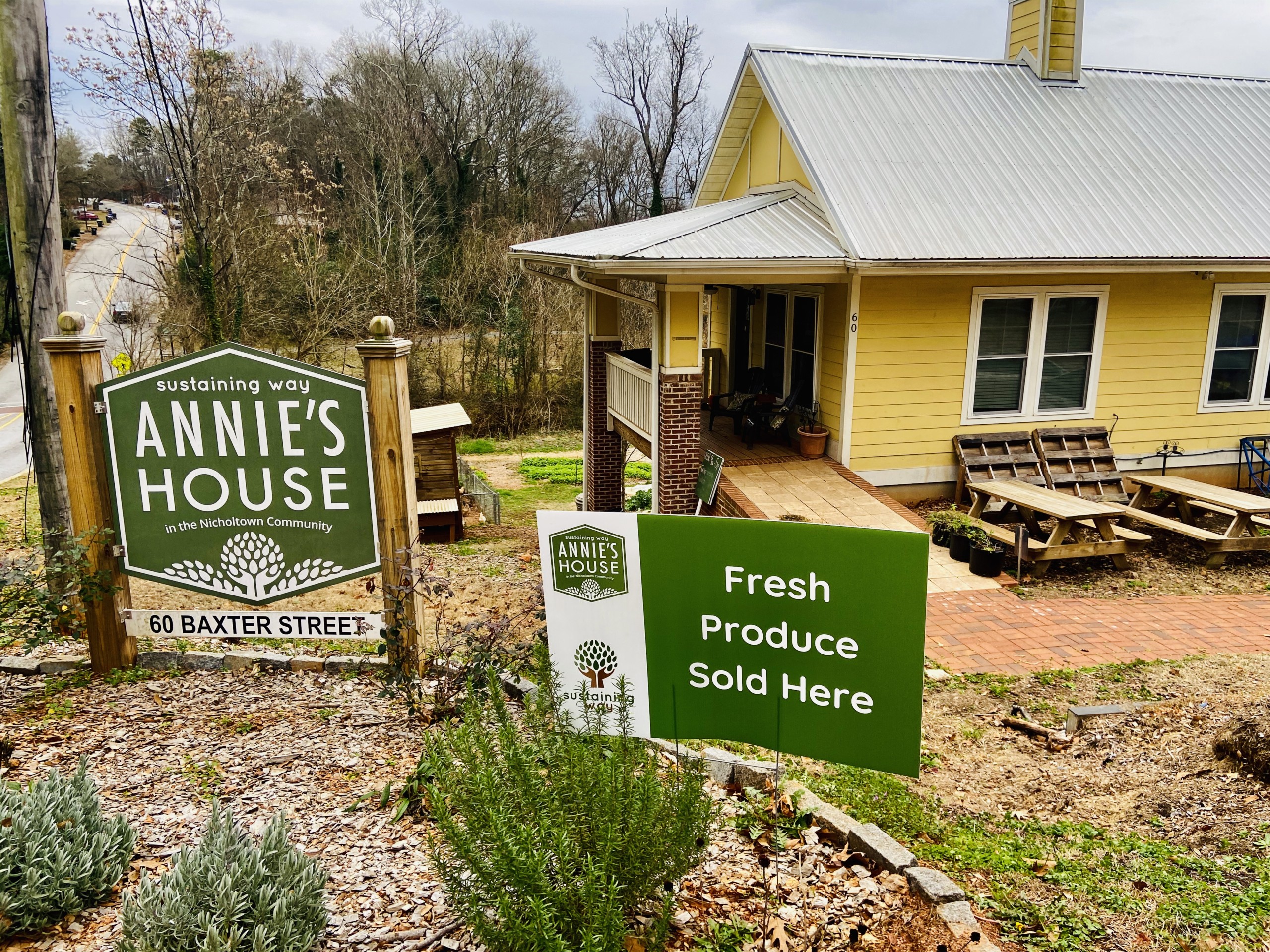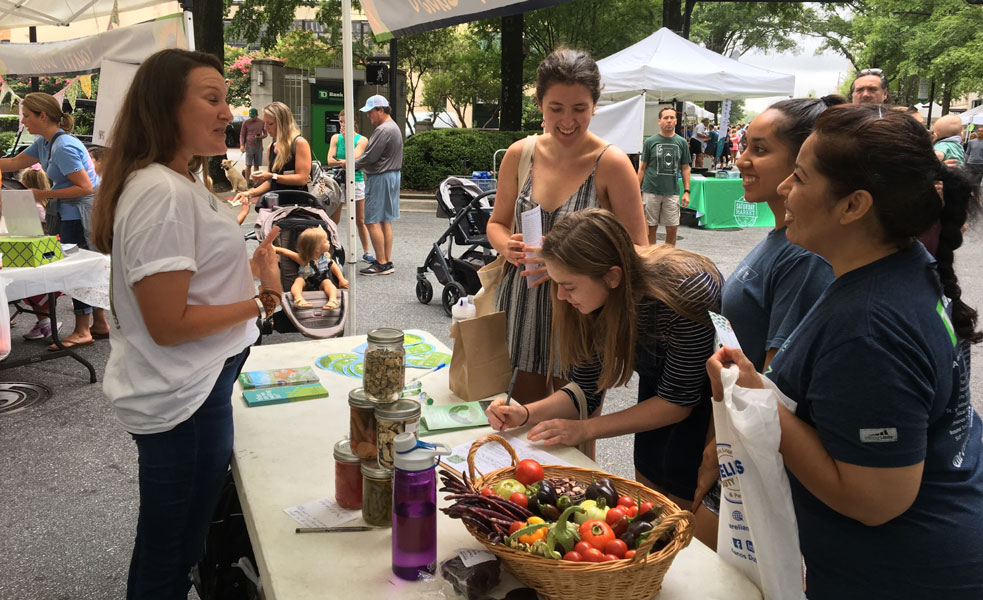What We Were Built On
Annie’s House and ultimately Sustaining Way were born as part of a life-long journey. After finishing his MBA in 2006, Rick Joye felt a strong desire to better understand the world and our place in it. He began reading the Bible every night and researching history and science. After two years, Rick came to the conclusion that what will shape our world and our collective future here on Earth is how we interact with the natural world and how we utilize our God-given resources to care for each other.
He also learned that we have the technology and knowledge today to live well without having a detrimental impact on the environment. Furthermore, he came to the conclusion that as a Christian, he had a calling to steward this beautiful Earth that was entrusted to mankind and that most major religions have similar teaching of respect and care for creation.


With these realizations, in late 2007 Rick became involved in establishing a creation care-focused committee called SAVER, Sustaining And Valuing Earth’s Resources, at his church, First Baptist of Greenville, SC. Over the next several years, Rick learned much more about sustainability and the impact we as humans are having on creation. During that time, he and the other SAVER members began to educate the church on creation care issues through speaker series, local farm tours, recycling programs, Sunday School classes, Green Tips in the church news, and many other initiatives.
He also began leading teams each year to weatherize low-income housing. This last initiative is what really solidified the need and potential sustainable practices have to improve the lives of the most vulnerable in our community. These efforts seemed to connect to many people but still didn’t motivate people to change the way they live. Rick realized he needed to do more if he was going to be able to change the behavior of people. Rather than just telling the way, he needed to be able to show the way.
Growing Together
In late 2010, Rick found out that his sister, Anne-Marie, or as Rick grew up calling her Annie, had rare cancer that was most likely terminal. This was about two months after one of Rick’s key employees was killed tragically. All of this weighed heavily on Rick and brought into focus the need for urgency in all that he did. Soon after in early 2011, he had the vision for Annie’s House as a way to demonstrate and proliferate affordable ways to care for people while caring for the environment.
Through his research, he knew that there were many people struggling to find gainful employment despite strong skillsets in sustainable practices. This combined with the glut of relatively cheap housing on the market produced a perfect opportunity to implement Rick’s vision.
As Rick began to investigate the possibility of Annie’s House, at first he felt this would be too much trying to balance family and a demanding job. However, each piece of Annie’s House continued to fall into place and Rick really just followed the path that God laid before him. By middle of 2011, he had secured an option to buy the property that would become Annie’s House. Now he just had to raise the funding to purchase the property, hire a coordinator, and build the house. Again, things continued to fall into place, and by the end of 2011 he had received a grant (thanks to coaching and assistance from Tony McDade of GAIHN – now United Ministries), purchased the property, received initial funding for the coordinator through First Baptist Church of Greenville, and brought on a key partner, Genesis Homes (thanks to Jim Childress!), that agreed to raise the funding for and to build Annie’s House. By the end of 2011, there were over 20 organizations that had helped or agreed to help in the implementation of Annie’s House. Amazing!!
Sustaining Way was really developed to fill the gaps where other non-profits were not operating in Greenville. As he investigated Annie’s House, he found that there were non-profits to fill most immediate needs but not one that looked at the whole neighborhood as a system and connected these various non-profits and organizations to make the neighborhood more sustainable (i.e. self-supporting and able to provide for its future). To make Annie’s House a reality he was going to have to start a non-profit, which would also allow the concept of Annie’s House to be proliferated in the future.


